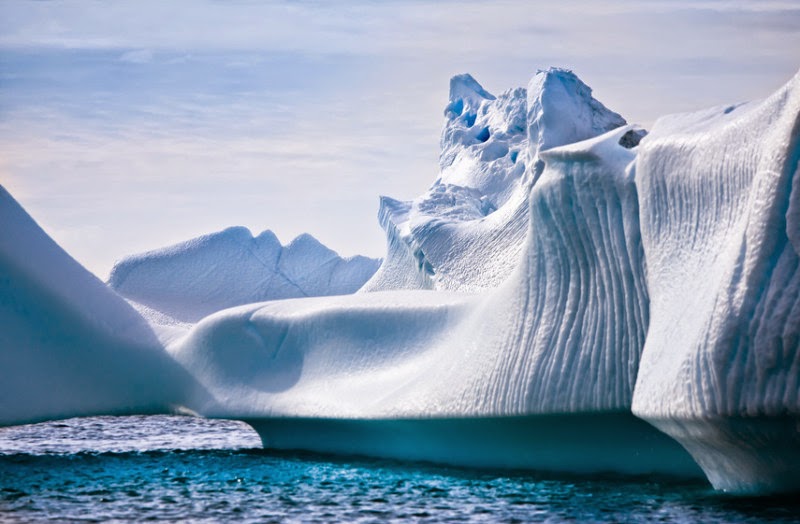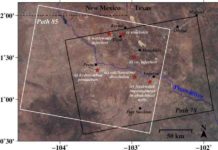
An international research team led by Newcastle University, UK, reveal Earth’s mantle under Antarctica is at a lower viscosity and moving at such a rapid rate it is changing the shape of the land at a rate that can be recorded by GPS.
At the surface, Antarctica is a motionless and frozen landscape. Yet hundreds of miles down the Earth is moving at a rapid rate, new research has shown.
The study, led by Newcastle University, UK, and published this week in Earth and Planetary Science Letters, explains for the first time why the upward motion of Earth’s crust in the Northern Antarctic Peninsula is currently taking place so quickly.
Previous studies have shown Earth is ‘rebounding’ due to the overlying ice sheet shrinking in response to climate change. This movement of the land was understood to be due to an instantaneous, elastic response followed by a very slow uplift over thousands of years.
But GPS data collected by the international research team, involving experts from Newcastle University, UK; Durham University; DTU, Denmark; University of Tasmania, Australia; Hamilton College, New York; the University of Colorado and the University of Toulouse, France, has revealed that the land in this region is actually rising at a phenomenal rate of 15mm a year — much greater than can be accounted for by the present-day elastic response alone.
And they have shown for the first time how the mantle below Earth’s crust in the Antarctic Peninsula is flowing much faster than expected, probably due to subtle changes in temperature or chemical composition.
This means it can flow more easily and so responds much more quickly to the lightening load hundreds of miles above it, changing the shape of the land.
Lead researcher, PhD student Grace Nield, based in the School of Civil Engineering and Geosciences at Newcastle University, explains: “You would expect this rebound to happen over thousands of years and instead we have been able to measure it in just over a decade. You can almost see it happening which is just incredible.
“Because the mantle is ‘runnier’ below the Northern Antarctic Peninsula it responds much more quickly to what’s happening on the surface. So as the glaciers thin and the load in that localised area reduces, the mantle pushes up the crust.
“At the moment we have only studied the vertical deformation so the next step is to look at horizontal motion caused by the ice unloading to get more of a 3-D picture of how Earth is deforming, and to use other geophysical data to understand the mechanism of the flow.”
Since 1995 several ice shelves in the Northern Antarctic Peninsula have collapsed and triggered ice-mass unloading, causing the solid Earth to ‘bounce back’.
“Think of it a bit like a stretched piece of elastic,” says Nield, whose project is funded by the Natural Environment Research Council (NERC).
“The ice is pressing down on the Earth and as this weight reduces the crust bounces back. But what we found when we compared the ice loss to the uplift was that they didn’t tally — something else had to be happening to be pushing the solid Earth up at such a phenomenal rate.
“Collating data from seven GPS stations situated across the Northern Peninsula, the team found the rebound was so fast that the upper mantle viscosity — or resistance to flow — had to be at least ten times lower than previously thought for the region and much lower than the rest of Antarctica.
Professor Peter Clarke, Professor of Geophysical Geodesy at Newcastle University and one of the authors of the paper, adds: “Seeing this sort of deformation of the Earth at such a rate is unprecedented in Antarctica. What is particularly interesting here is that we can actually see the impact that glacier thinning is having on the rocks 250 miles down.”
Note : The above story is based on materials provided by Newcastle University.










